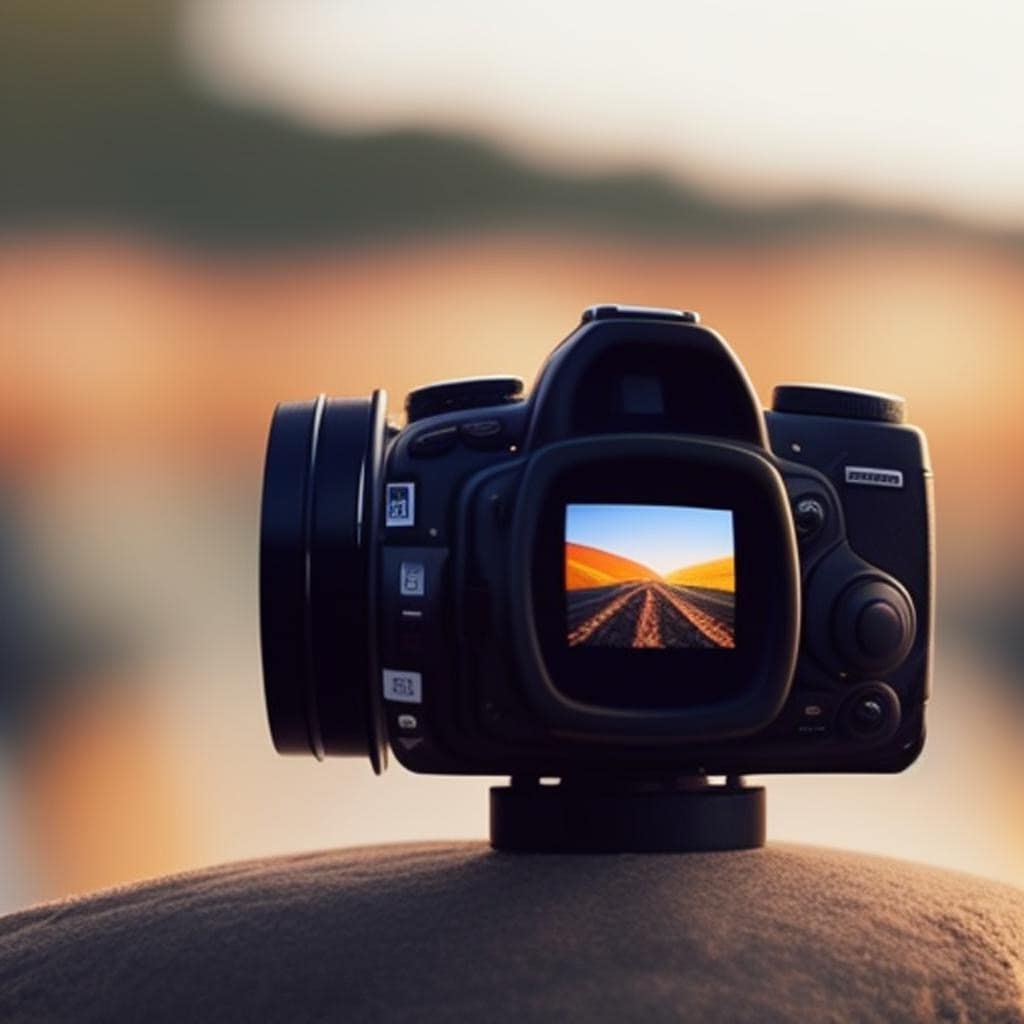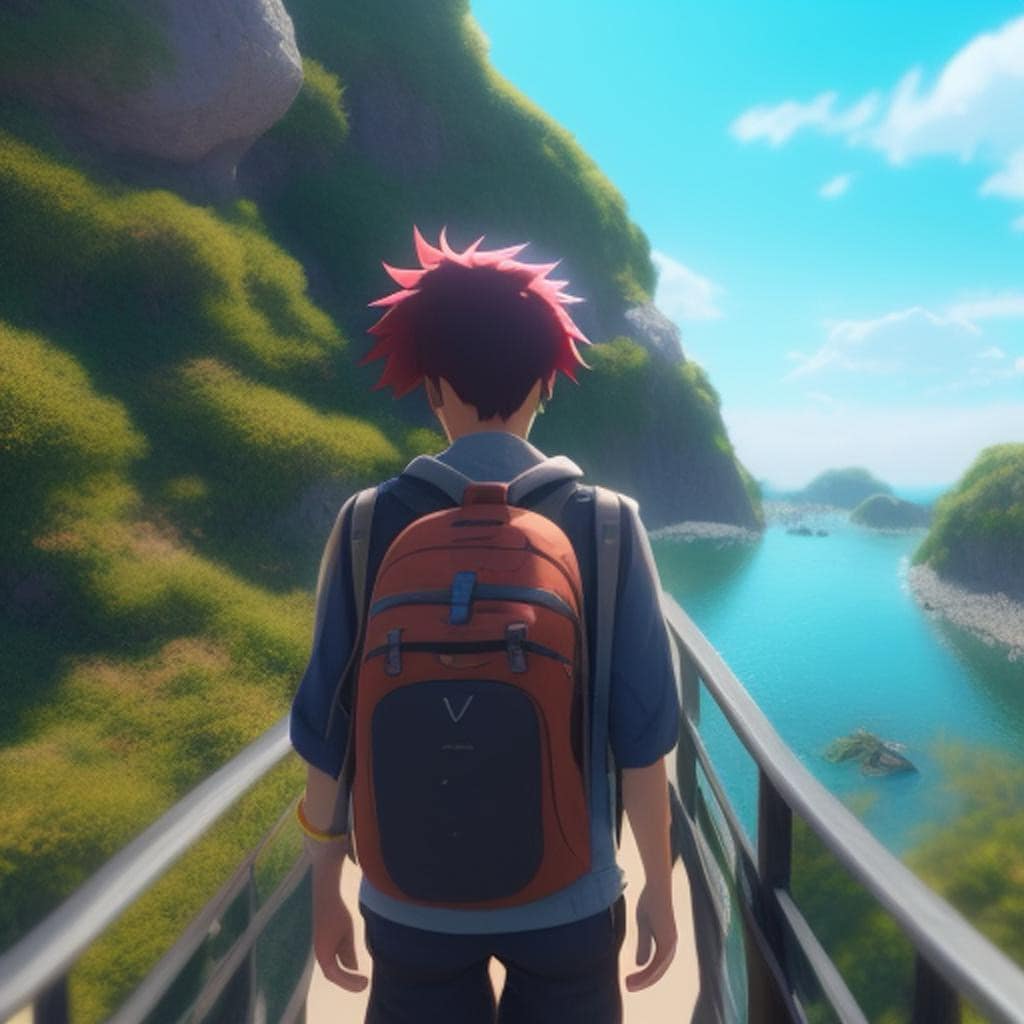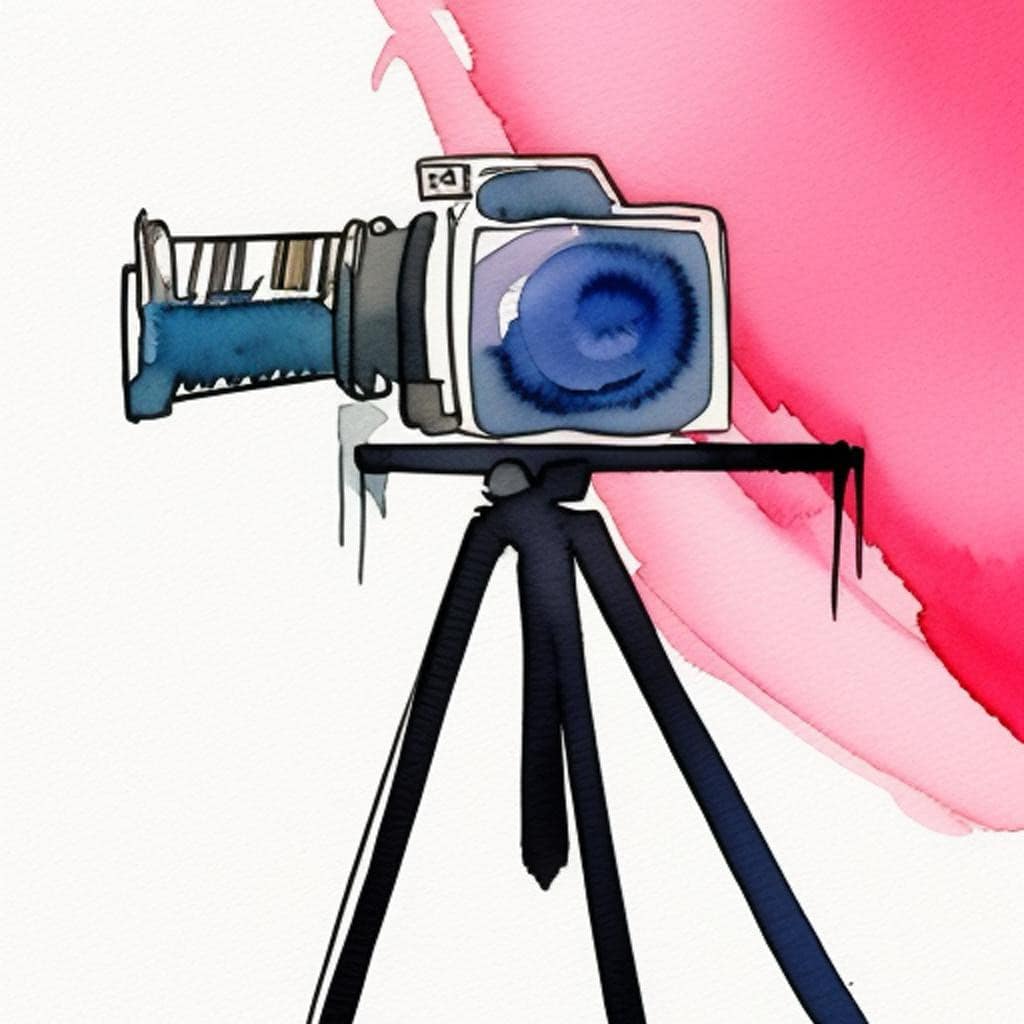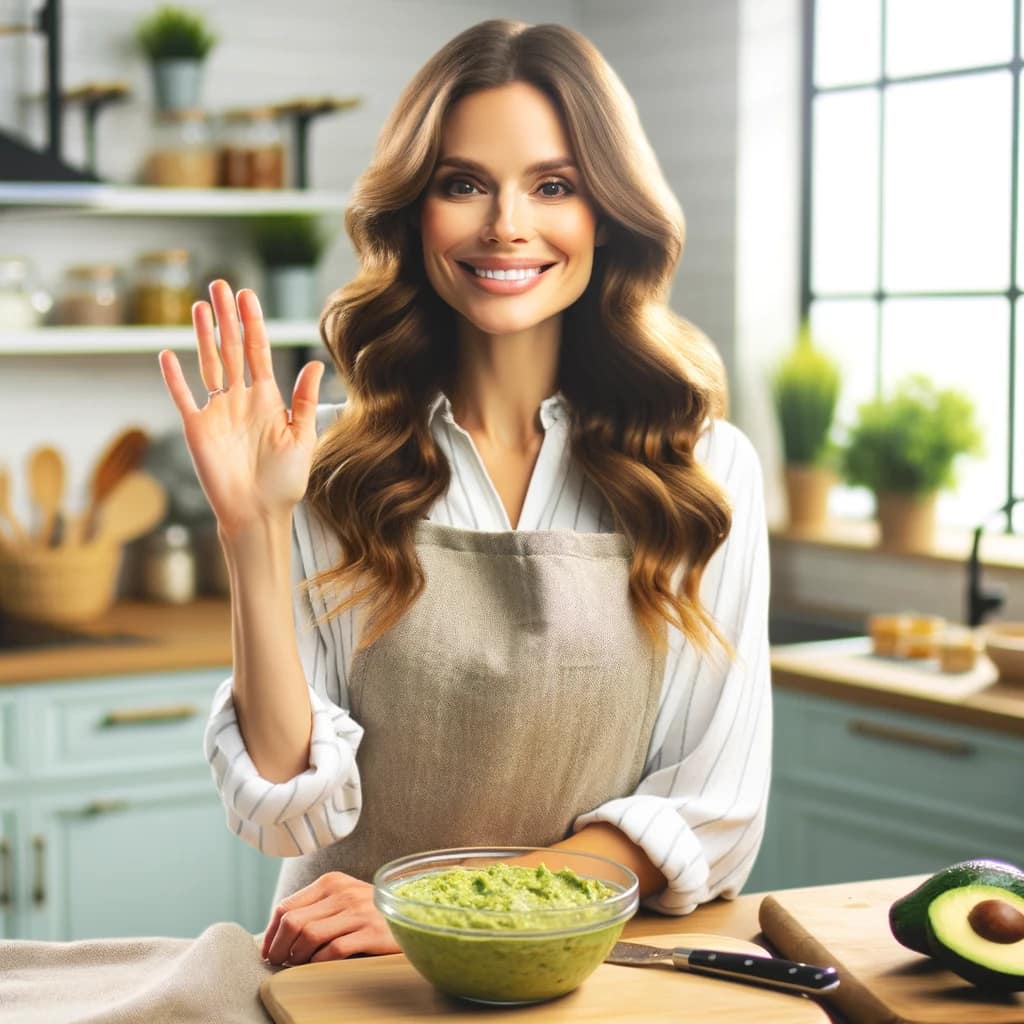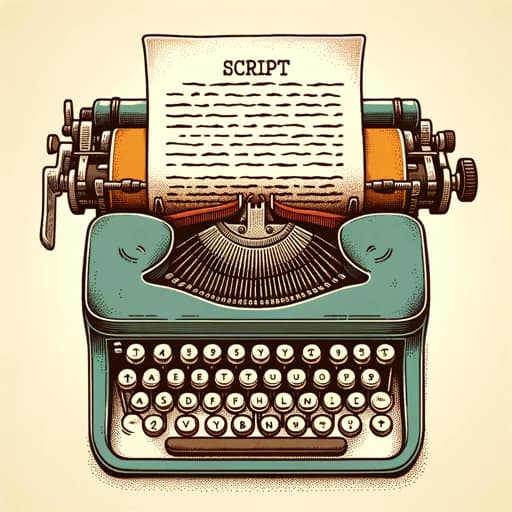
Style and tone of a video script
The style and tone of a video script can significantly influence how your message is received by your audience.
A few key aspects
- Target Audience: Understanding who your audience is plays a crucial role in shaping the style and tone. Are they young, tech-savvy individuals, professionals in a specific field, or perhaps a general audience seeking entertainment?
- Purpose of the Video: Is your video meant to educate, entertain, inspire, or persuade? An educational video might have a more formal and informative tone, while an entertainment video could be casual and humorous.
- Platform and Context: Where will your video be published? A LinkedIn video might have a different tone compared to a YouTube vlog. Also, consider the context in which your audience will be watching your video.
- Personal or Brand Voice: If the video is for a brand or a personal channel, it’s important to align the script with the established voice. Is it friendly and conversational, authoritative and professional, or quirky and humorous?
- Emotional Impact: Do you want to evoke specific emotions in your audience? Excitement, curiosity, empathy, or urgency can be conveyed through the tone of your script.
- Visual and Audio Elements: The tone of the script will also interact with visual and audio elements. A fast-paced, energetic script pairs well with dynamic visuals, while a calm, reflective script might go with softer visuals and music.
- Length and Pace: The duration and desired pacing of your video can influence the style. A short, punchy script for a quick ad differs from a longer, more exploratory documentary style.
What is your specific video project?
Knowing these details will help you tailor the script style and tone to your needs.
An example: Imagine you have a collection of images on all kind of subjects.
Well, that’s great to hear! Having a collection of brilliant and awesome images can indeed provide a strong visual foundation for your video.
To make the best use of these images in your script, let’s consider a few key points:
- Themes of Your Images: What are the primary subjects or themes of your images? This can guide the narrative or the message of your video.
- Storytelling with Images: Do these images tell a story in a sequence, or are they more thematic and abstract? Knowing this can help in structuring the script around the visual flow.
- Emotional Tone of the Images: What emotions do the images evoke? Are they vibrant and energetic, calm and serene, thought-provoking, or humorous? Matching the script’s tone to the mood of the images can create a cohesive experience.
- Narrative or Descriptive Approach: Would you prefer a narrative that tells a story, weaving through the images, or a descriptive approach that focuses on explaining or commenting on each image?
- Voiceover and Text Elements: Are you planning to use voiceover, on-screen text, or both? The choice will affect how the script is written, with voiceovers allowing more flexibility in expression and on-screen text needing to be concise and impactful.
- Intended Audience and Platform: Who is the intended audience for this video, and where do you plan to share it? This will help in tailoring the language, complexity, and style of the script.
- Length of the Video: How long do you intend the video to be? This will help in determining the script’s pacing and how much detail to include.
Are there any specific themes or messages you want to highlight through these images?
Art inspired on several subjects like time, reality, cobots, and more. Focusing on transformative content and the interaction of AI with our lives . A short ideos, but what about the plot to bring those images to life?
For a series of short videos featuring art inspired by various subjects like time, reality, cobots, and more, and focusing on transformative content and the interaction of AI with our lives, it’s essential to craft a compelling narrative that ties these elements together. Here are some plot ideas to consider for your videos:
- The Evolution of Art and AI: Start with the traditional art forms, like tile work, and gradually transition into modern and AI-generated art. The script can explore how AI is redefining creativity and the boundaries of art.
- AI in Everyday Life: Each video can focus on how AI impacts different aspects of our daily lives. For example, one video might explore AI in home automation (linked to tile art representing home), while another could delve into AI in industry (linked to cobot imagery).
- The Reality of AI: Contrast the artistic, idealized visions of AI with its real-world applications and implications. This could include discussions on ethics, AI in the workplace, and its role in shaping our future.
- AI as a Creative Partner: Showcase how artists and designers use AI as a tool to enhance creativity. This can include examples of AI-assisted design, music, and even writing.
- The Future Imagined: Use art to depict potential futures shaped by AI. This can range from utopian visions to cautionary tales, sparking imagination and conversation about what lies ahead.
- Personal Stories of AI Interaction: Share narratives or interviews about how individuals from different walks of life interact with AI. This can make the concept more relatable and grounded in personal experiences.
- Comparative Journeys: Show the transformation of a specific field (like art, work, home life) through the lens of AI, from past to present and imagining the future.
For each video, consider the following structure:
- Introduction: Set the tone and introduce the theme.
- Development: Explore the theme with your images, integrating voiceover or text to provide context and insight.
- Conclusion: Summarize the key points and leave the audience with a thought-provoking message or question.
Given the variety of subjects the images cover and the focus on AI, there’s a rich opportunity to create engaging and thought-provoking content.
How do these plot ideas align with your vision? Are there specific themes or elements you’d like to focus on more?
Doing research on your images to identify specific themes and considering the duration for each segment will greatly contribute to crafting a compelling series. It’s essential to have a clear understanding of your visual resources and how they align with the themes and messages you want to convey.
When you’re ready to move forward, here are a few aspects you might want to consider:
- Storyboarding: Once you have your themes and images sorted, creating a storyboard can be a helpful next step. It will give you a visual layout of how your images can flow from one to another in the context of your script.
- Script Details: Think about the kind of narration or text you’d like to accompany your images. Do you prefer a more factual, informative style or a storytelling approach? How much detail will you need to provide for each image or theme?
- Integration of Audio: Consider if you’ll need background music, sound effects, or voiceover. These elements can significantly enhance the impact of your videos.
- Technical Considerations: Keep in mind the technical aspects, like transitions between images, pacing, and overall video length. These can influence how your script translates into the final video.
- Feedback and Iteration: After drafting your initial scripts, getting feedback and making adjustments can be valuable. This ensures your content resonates well with your intended audience.
When you’re ready proceed with the scriptwriting process. Whether it’s fine-tuning the scripts or aligning them with your research findings
Happy scripting!
Would you like some help with scripting? Try chatGPT-4 and the Video Script Wizard! Good luck🥰

